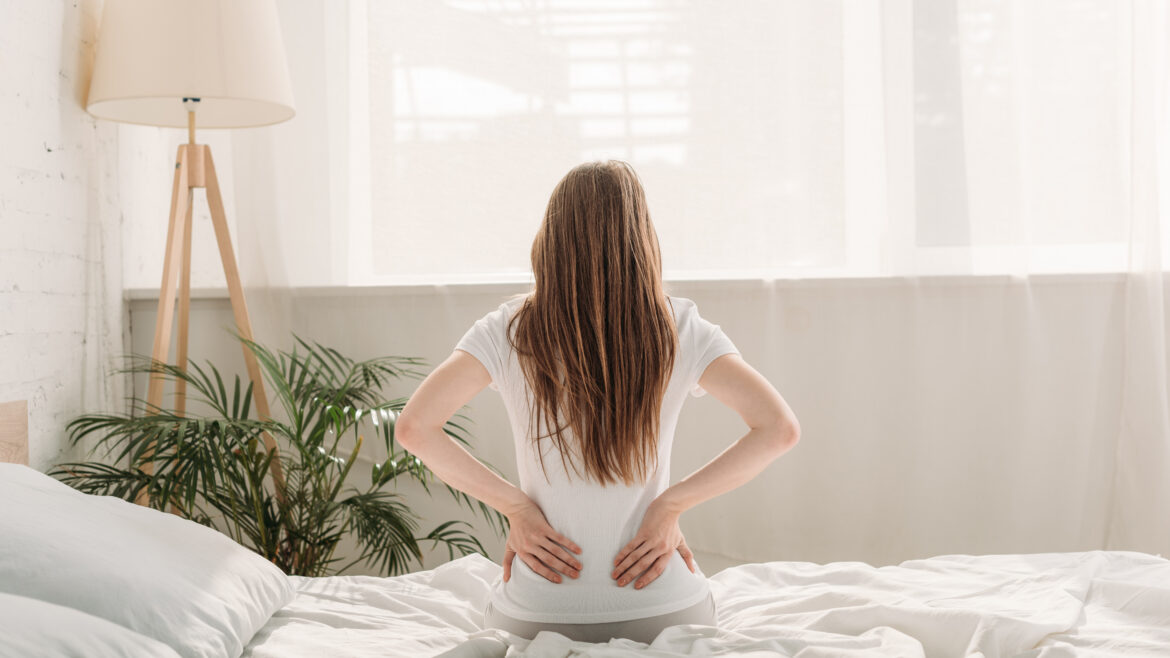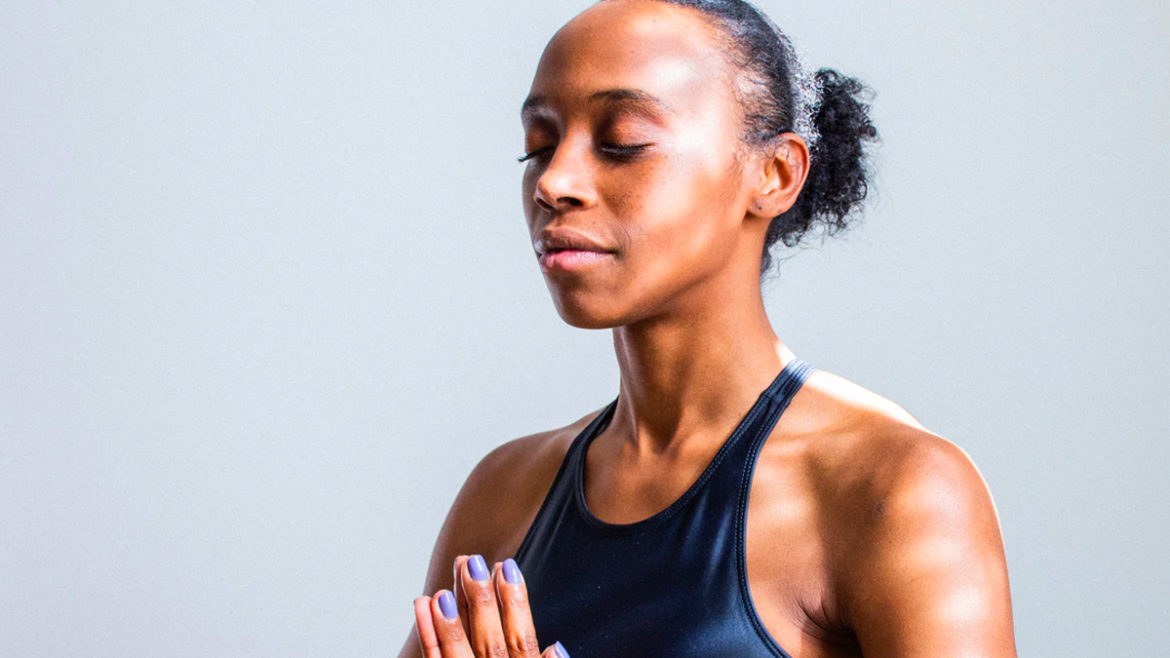When it comes to sleeping and pain, I often have been asked questions like, “what’s the best pillow for neck pain?” Or “is sleeping on my stomach bad for my low back?” Unfortunately, there is no single answer, as each person’s circumstances will be vastly different, even with the exact same pain issue. There’s a lot of conflicting information out there, so I hope this blog can give some insight.
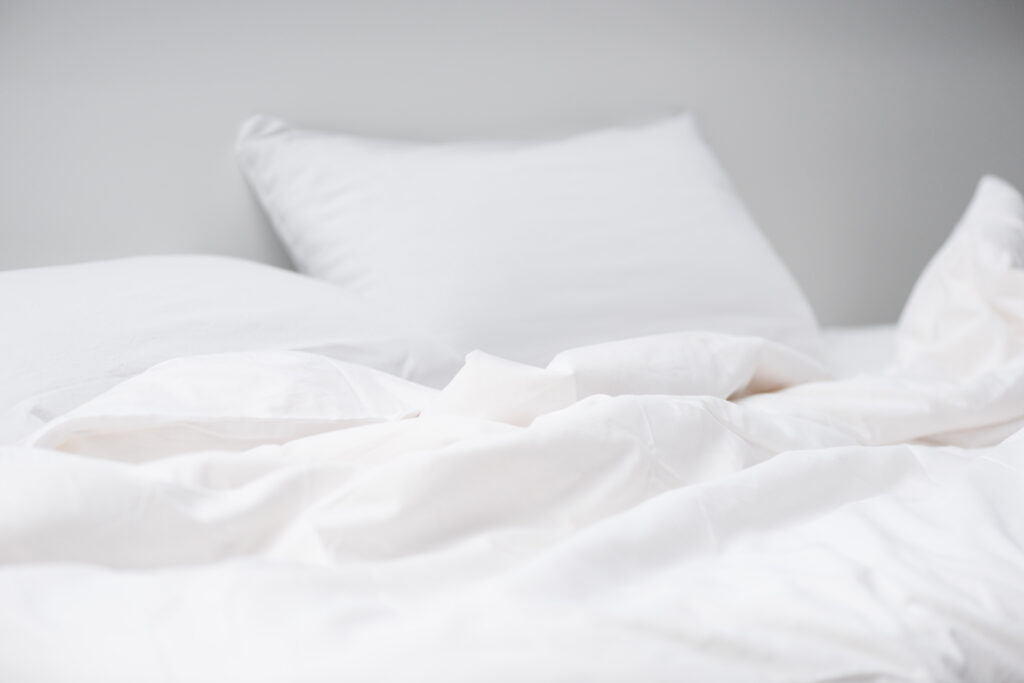
Should You Avoid Certain Positions?
We don’t want to underestimate the importance of sleep in our health. We know that poor sleep, especially chronically, can have significant health impacts on things like pain, injury risk, and performance. Such questions like the ones listed above are valid and need to be answered honestly by the healthcare community.
You may have heard advice like sleeping on your stomach is bad for your neck or back from friends, family, or even healthcare providers. While positions like this can be uncomfortable for many people, it is not an inherently bad position and is too much of a generalization to apply to all human beings. This is due to the simple fact that pain is such a multi-factorial, individualized experience. Not to mention that preferred sleeping positions are also influenced by things like age, health conditions, and body mass.
In my nearly 11+ years of clinical experience, I have observed such variety of positions that both help or exacerbate people’s pain. For example, one person reports that switching from their side to back-sleeping helped their pain, while the next person found the exact opposite to be true. Again, we simply can and should not paint with such broad strokes and say X is bad and Y is good. There’s even research that suggests that there is no association between things like shoulder or spine-related pain and sleeping position (Cary, et al, 2016 & Holdaway, et al, 2018).
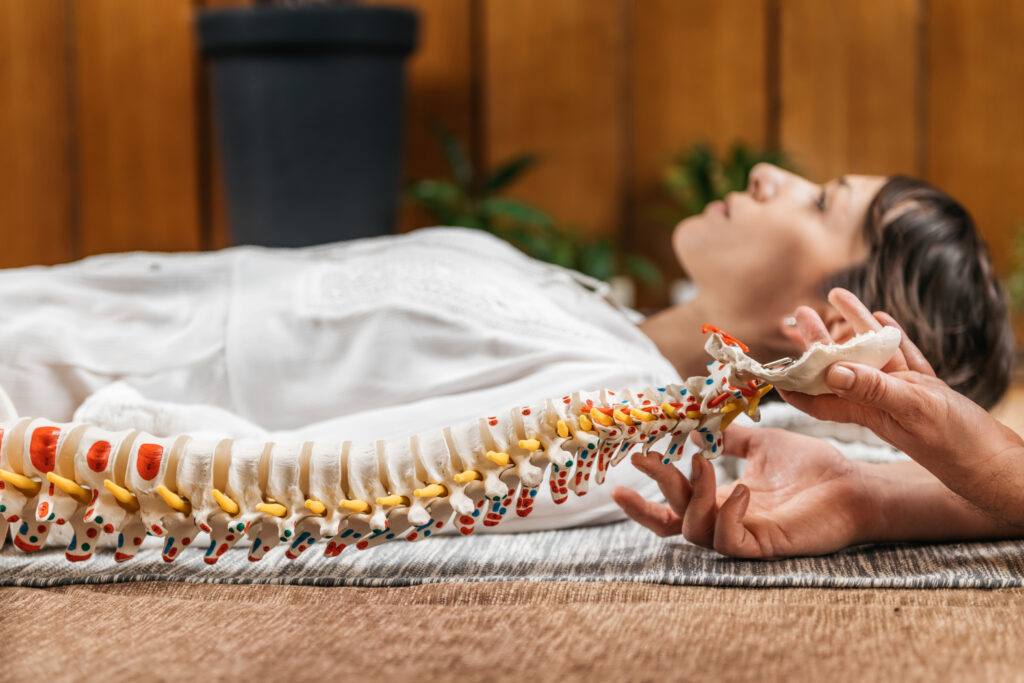
Sleeping With a Neutral Spine Is Good, Right?
Have you tried sleeping with a pillow between your knees to maintain a “neutral spine,” but almost NEVER seem to wake up with it in the same spot? That’s because we naturally change positions frequently throughout the night. Studies have reported that we can change positions upwards of 19 to 32 times per night! (De Konick, et al, 1992, and Kubota, et al, 2003).
Additionally, we know that neutral spine is not one position, but a range. If sleeping with a neutral spine helps you sleep better or perhaps with less pain, that’s great! But there will inevitably be others that will sleep better or have decreased pain when not in spinal neutral. And that is okay too!
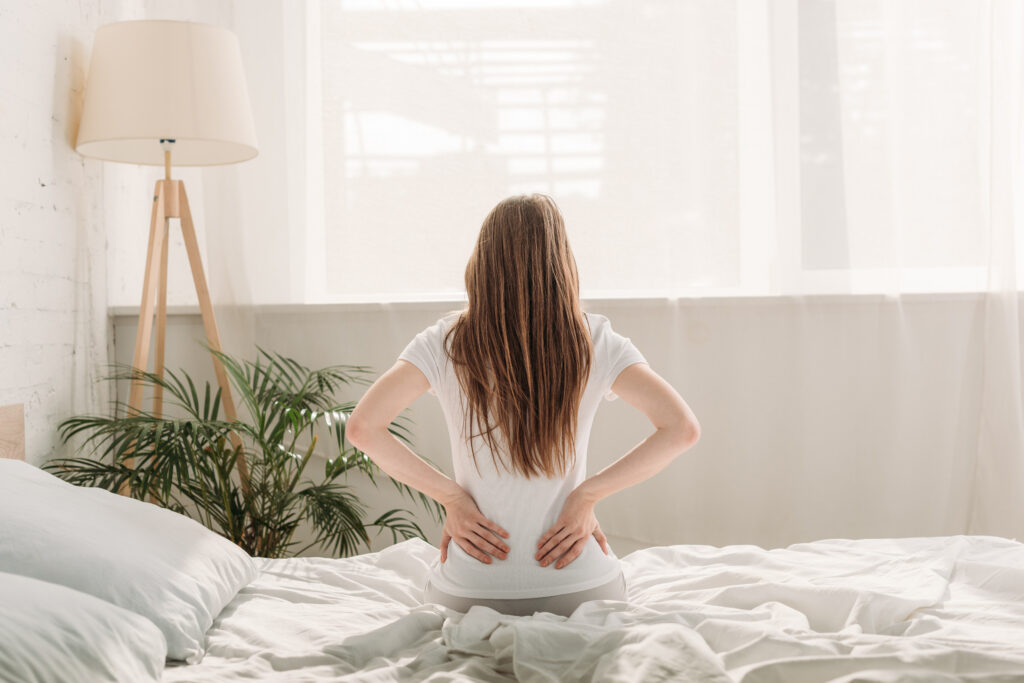
What to Do if You Already Have Pain
Aside from all of the things you could be doing during your waking hours to help with pain (we’ll save that for another blog), there may be certain positions that you may want to temporarily avoid. For example, if you have shoulder pain, you may want to sleep on the opposite side and hug a pillow close to support your injured shoulder. If you have a lower back or neck problem, sleeping on your stomach may be irritating because you are laying in pain-provoking positions for longer periods of time than your tissue will tolerate.
Making positional adjustments like laying on your back or using pillows may help you get more restful sleep. This does not mean you should not or could not go back to sleeping in those other positions.
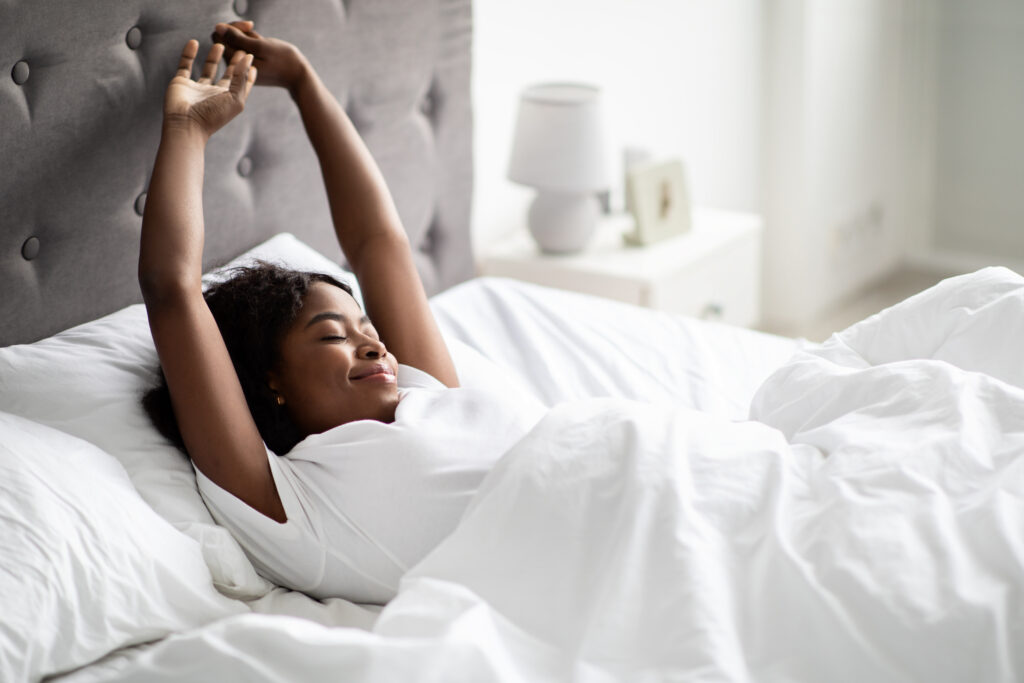
Takeaways:
- There’s currently not enough evidence to conclude that certain sleep positions are better or worse for musculoskeletal problems such as neck, shoulder, or back pain.
- Some research supports that there is no causal link between sleeping positions and risk for developing pain.
- If you feel like you’ve “slept wrong” and now have pain, it’s more like a matter of what you’ve been doing (or not doing) during your waking hours the preceding days/weeks/months. In other words, you are doing too much or too little of movements or activities which contributes more to your pain experience than simply how you are positioned in bed.
- Quality and quantity of sleep matter more than specific positions. If you’ve been told that certain position(s) are harmful, but they still feel comfortable to you, IT’S OKAY TO SLEEP IN THOSE POSITIONS.
- I’m NOT saying position NEVER matters. Certain postures can influence pain, but we should not create fear-based narratives around how people sleep (i.e. you will have pain or be misaligned if you sleep on your stomach)
- Temporarily changing positions or utilizing certain postures (i.e. propping with pillows) can be helpful during an episode of pain
- You may have to experiment and find the right combination of pillow or mattress type right for you. Unfortunately, there is not one solution that will be best for everyone. That’s where guidance from your physical therapist can help!
REFERENCES:
De Koninck, J., Lorrain, D., & Gagnon, P. (1992). Sleep positions and position shifts in five age groups: an ontogenetic picture. Sleep, 15(2), 143-149.
Kubota, T., Ohshima, N., Kunisawa, N., Murayama, R., Okano, S., & MORI‐OKAMOTO, J. (2003). Characteristic features of the nocturnal sleeping posture of healthy men. Sleep and Biological Rhythms, 1(2), 183-185.
Cary, D., Collinson, R., Sterling, M., & Briffa, K. (2016). Examining the relationship between sleep posture and morning spinal symptoms in the habitual environment using infrared cameras. Journal of Sleep Disorders: Treatment & Care.
Holdaway, L. A., Hegmann, K. T., Thiese, M. S., & Kapellusch, J. (2018). Is sleep position associated with glenohumeral shoulder pain and rotator cuff tendinopathy: a cross-sectional study. BMC Musculoskeletal Disorders, 19(1), 1-8.


